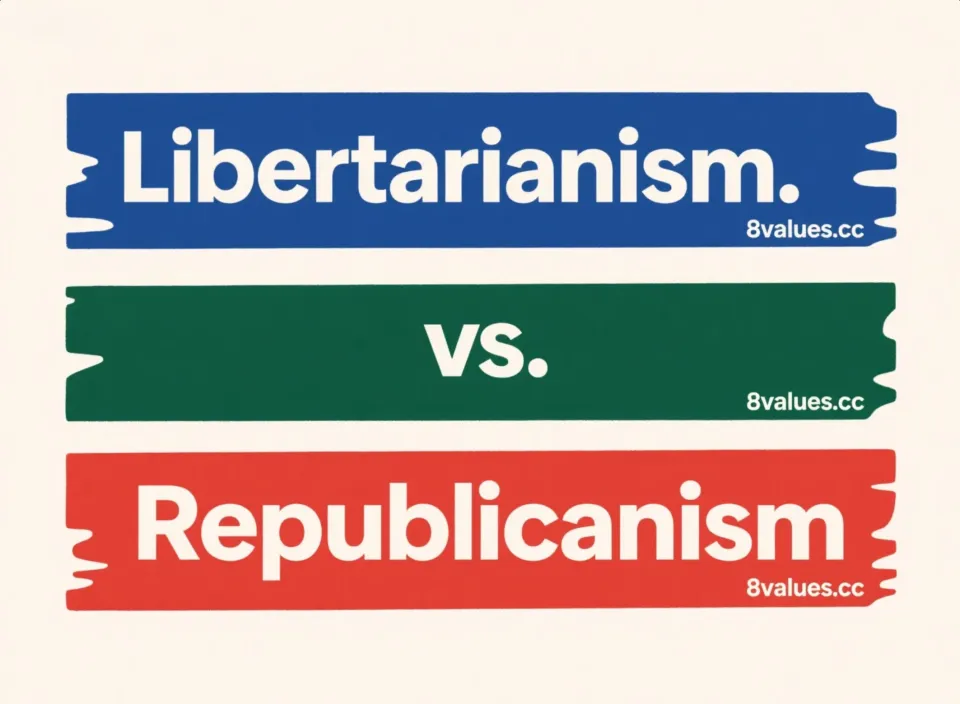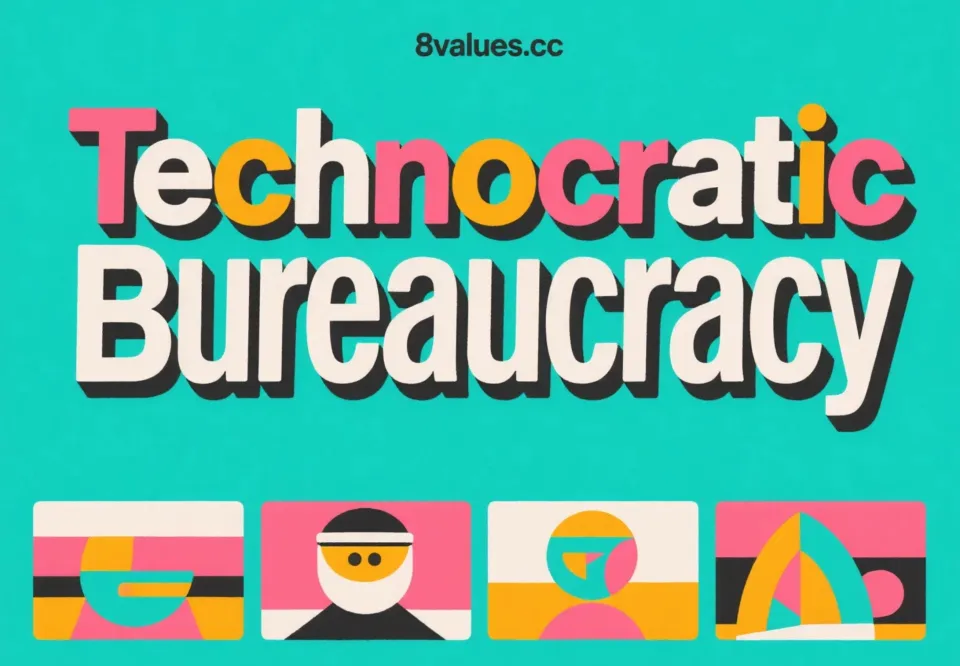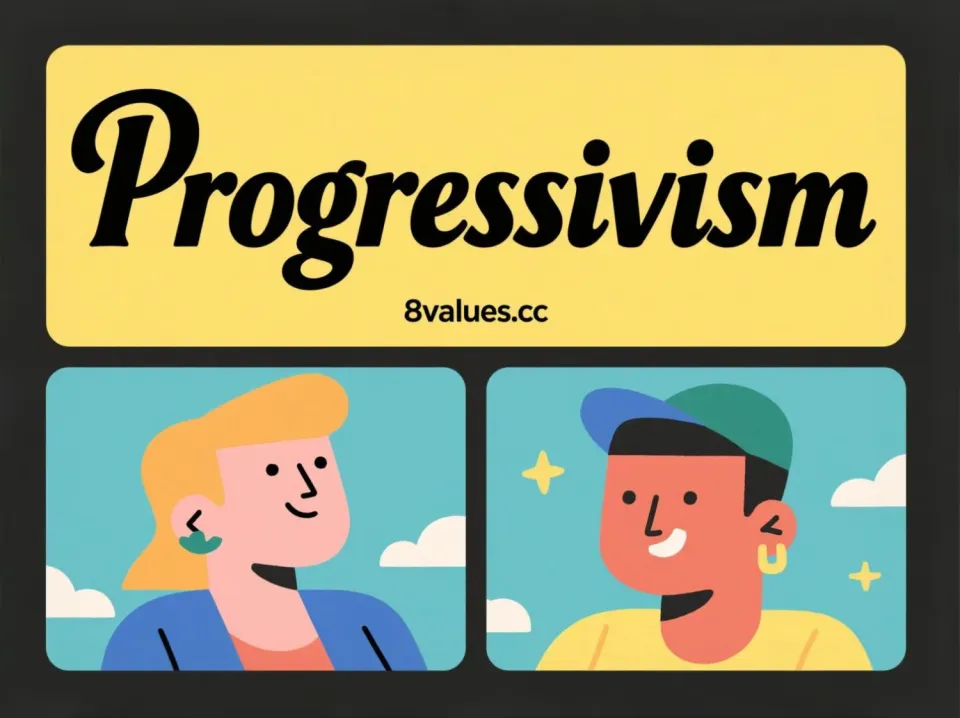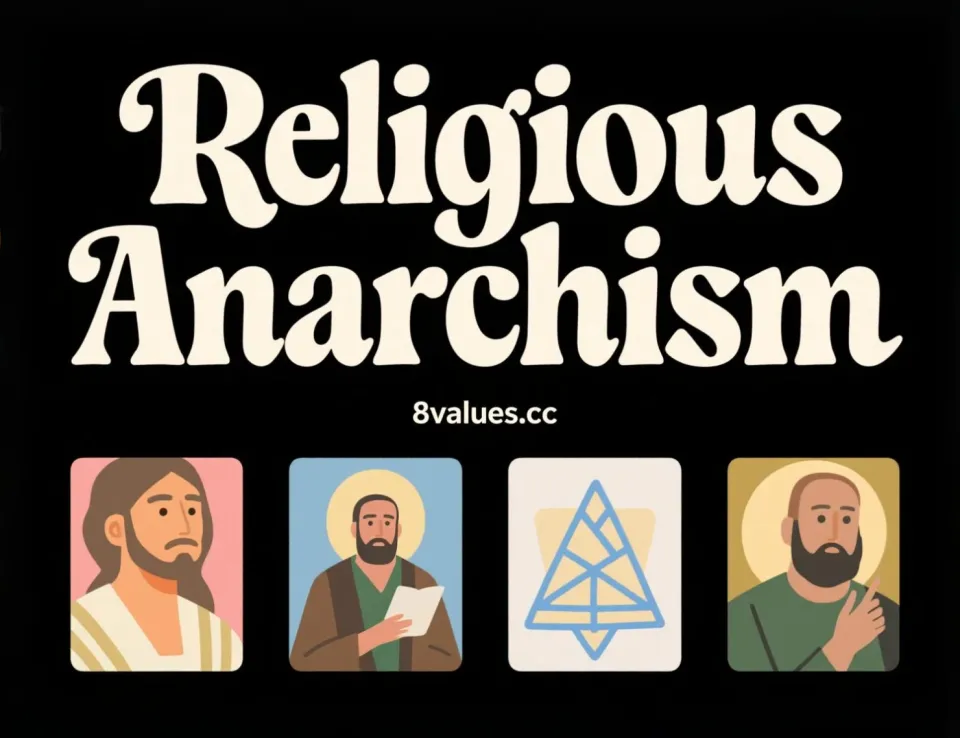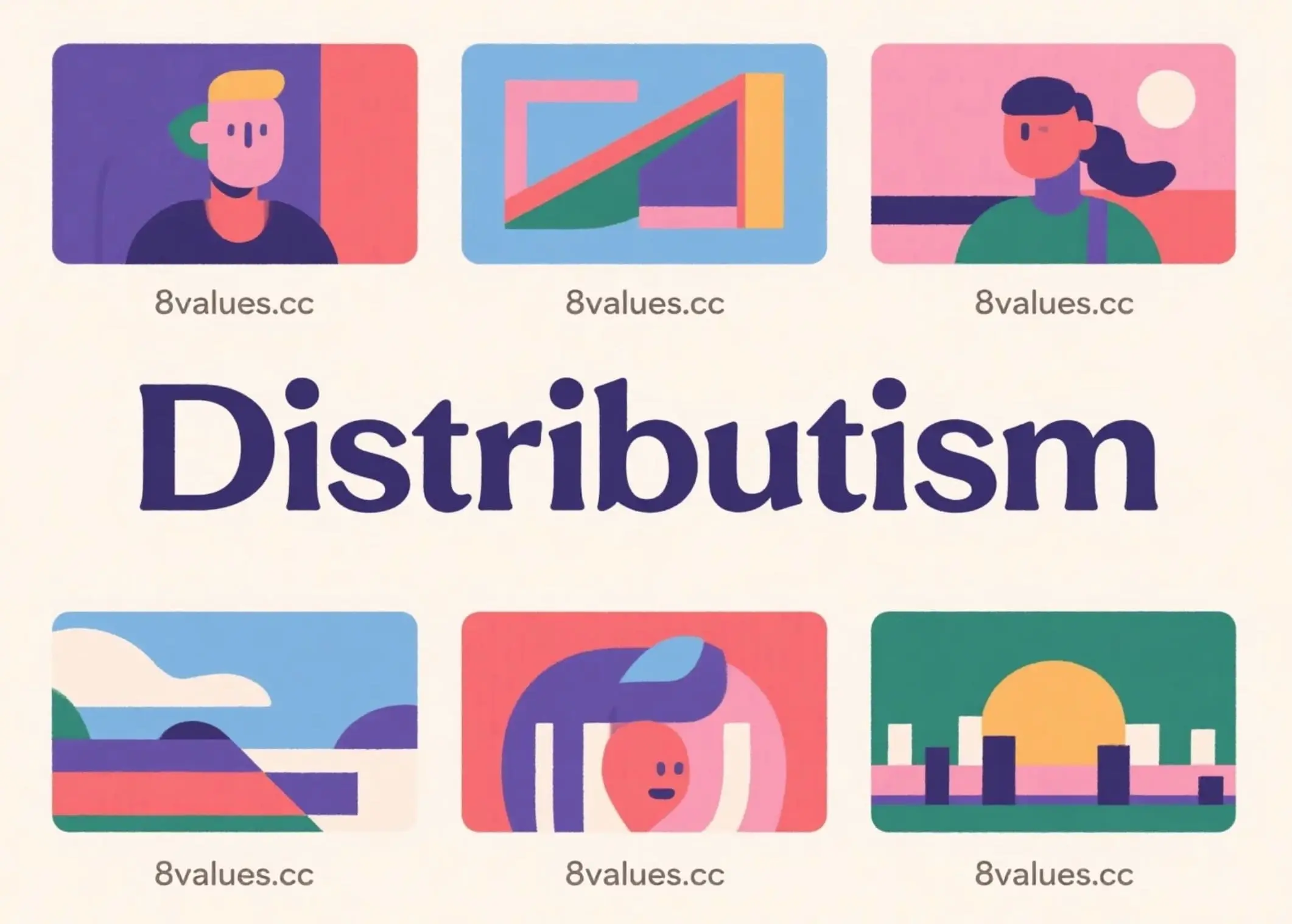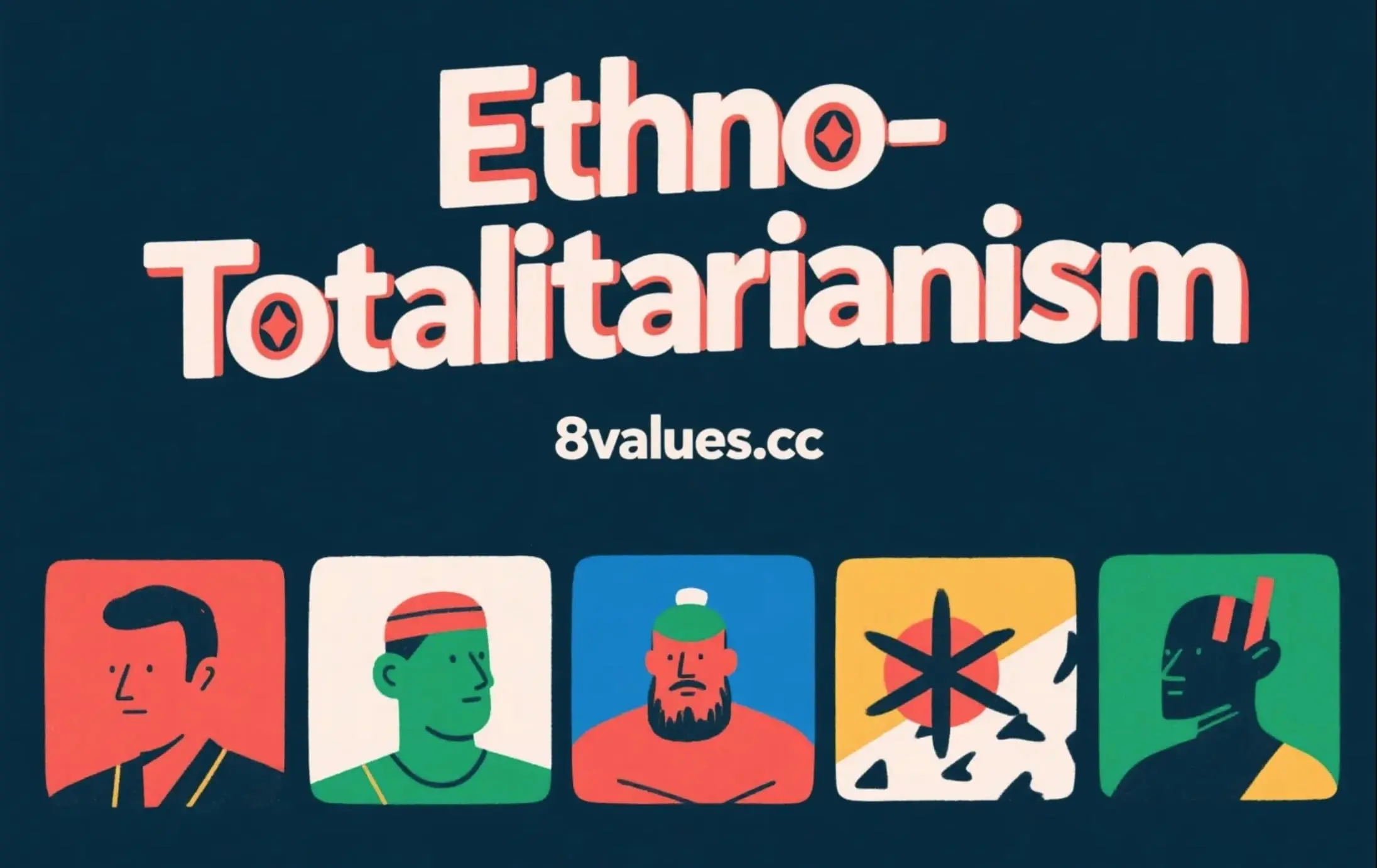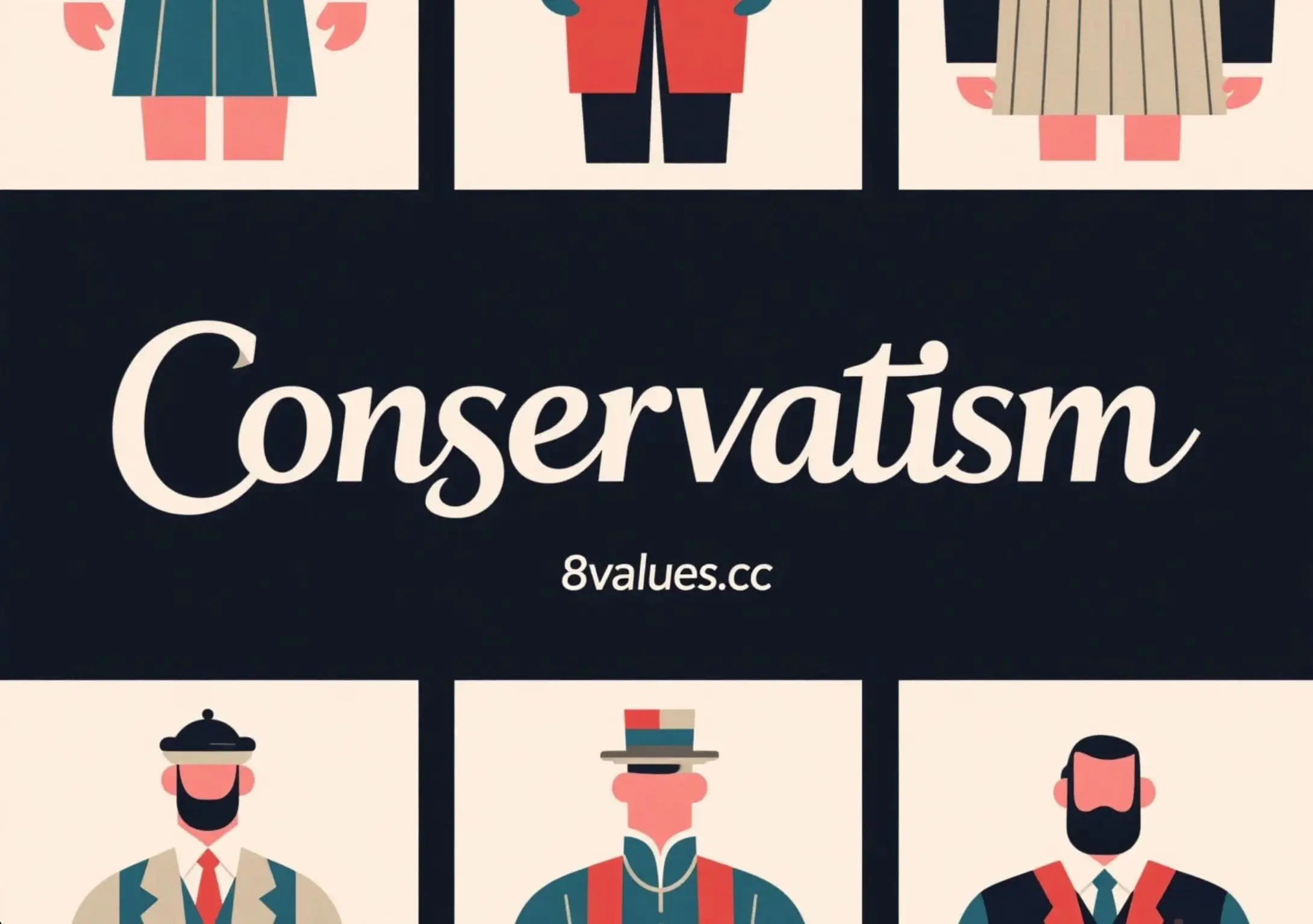自由主義と共和主義:2つの重要な政治哲学を理解する
自由主義と共和主義のコアの概念、歴史的進化、類似点と違いを探ります。これらの2つの政治イデオロギーがアメリカの政治をどのように形成し、8 Values の政治的傾向テストであなたの政治的スタンスを発見するかを詳細に見てください。
政治哲学がどのように異なる政治哲学が私たちの世界と統治社会の理解にどのように影響するのか疑問に思ったことはありませんか?アメリカの政治的スペクトルでは、2つの主要な政党に加えて、他にも多くの重要な政治的傾向があります。その中で、リバタリアン主義と共和主義は、詳細な議論に値する2つの政治哲学です。彼らは多くの点で共通性と大きな違いの両方を持っています。この記事では、これら2つの思考システム、中核原則、および政府の役割、経済、社会文化、外交政策におけるそれらの特定の地位の起源を説明し、今日の政治的景観をどのように形成するかをよりよく理解するのに役立ちます。詳細な分析により、両方の政治的イデオロギーをより明確に理解することができます。これは、8Valuesの政治志向テストに参加し、独自の政治的スタンスを正確に評価するために重要です。
自由主義と共和主義の核となる概念
自由主義は、個々の自由と限定政府を強調する政治哲学です。自由党は、国家の権力を最小限に抑えるべきであり、政府が市民の生活に介入しすぎてはならないと考えています。彼らは、個人が経済的および社会的問題の両方で自由に選択する権利を持つべきであると固く信じており、この自由には個人的な責任の強い感覚が伴います。
共和党はまた、個々の自由と限定政府を強調していますが、レベルは異なります。共和主義は共和主義と代表的な民主主義を提唱しています。その支持者は通常、個人の自由の経済的側面により焦点を当て、自由市場の中心的な役割を強調します。さらに、共和主義は通常、伝統的な社会的価値と強力な国防を大切にしています。
歴史的な起源と開発
共和党は奴隷制度を廃止するために1854年に設立され、アブラハム・リンカーンは1860年に共和党の最初の共和党大統領に選出されました。しかし、「共和主義」という言葉は以前に生まれました。 1792年、トーマス・ジェファーソンの支持者は「共和党員」を使用して政治的見解を説明し、政府を擁護しました。この派factは後に民主共和党に進化し、最終的に現代の民主党になりました。今日、共和党は依然として限られた政府を代表していますが、直面している問題と戦略は大幅に変化しています。
リバタリアン党は比較的新しく、1971年にコロラド州ウェストミンスターに設立されました。2つの主要な政党に失望しているアメリカ人を団結させます。リベラル党は1972年に最初の大統領候補を指名し、1980年に50州すべてで投票に出頭しました。米国はまだ自由党大統領を選出していませんが、自由党はしばしば地方選挙で選出されます。
政府の役割のさまざまな視点
政府を制限するという核となる考え方について、自由主義者と共和党員の間でコンセンサスがあります。双方は、政府が市民の生活に不必要に干渉すべきではないと信じています。
共和党員はしばしば、小規模な連邦政府に向かう傾向があり、規制を削減し、税を削減します。共和党員は、2016年のプログラムで、「ノス志向の監督者」ではなく、技術の進歩において個人および産業のパートナーと見なしていると述べた。
自由主義は、市民の生活への政府の介入を最小限に抑えることにさらに進んでいます。自由党のプログラムは、「私たちは自由の世界を求めています。すべての個人が自分の人生を支配し、他人の利益のために自分の価値を犠牲にすることを余儀なくされない世界を求めています。」自由党は、教育、ヘルスケア、退職計画などの分野での規制緩和と民営化を提唱しています。全体として、自由主義は政府の役割についてより極端な立場を取りました。
共鳴と経済政策の違い
経済政策は、自由主義と共和主義の間の重複のもう1つの分野です。どちらの哲学も自由市場の力を強調し、個人が経済的決定を独立して行うことができるべきであると主張しています。しかし、政府の役割に対する態度と同様に、リベラル派は、個人の経済的自由を強調するために共和党よりもさらに進んでいます。
共和主義は、法人税および個々の税金を下げることを優先し、政府支出の削減を支援しています。共和党員は財政的に保守的である傾向があり、連邦債務を減らし、政府の支出を低く抑えようとしています。彼らはまた、政府の過度の介入が革新と発展を妨げると信じて、ビジネスコントロールの緩和を提唱することがよくあります。
自由主義はまた、より低い税金を支持し、政府の支出を減らします。一部のリベラル派は、税金の廃止さえ主張しています。社会保障などの政府プログラムを段階的に廃止することにより、自由党は政府の経済的フットプリントを大幅に狭めることができます。さらに、自由党は、健全な金融政策と連邦債務を排除する必要性を強調しています。リベラル派は、規制緩和と支出削減へのコミットメントにおいて、共和党よりも決定されています。
社会的問題と文化的問題の違い
自由主義と共和主義は、社会的および文化的問題に関する明らかな違いを示しています。
ここ数十年で、共和党員は保守的な社会的価値を彼らのプラットフォームの重要な要素と支持してきました。 2016年、共和党のプログラムは結婚の平等に明確に反対し、「1人の男性と1人の女性の結婚に基づいた伝統的な結婚と家族が自由社会の基盤であり、子供を育て、何千年もの間文化的価値を植え付ける責任がある」と述べました。共和党員はまた、妊娠中絶の権利の拡大に反対しています。さらに、共和党は、より厳しい移民政策と十分に資金提供された法執行機関を支持しています。共和党員はしばしば、伝統的な価値を促進するために政府の介入を容認します。
自由主義は、これらの問題についてさまざまな見解を保持しています。自由党のプログラムには、結婚の平等を確認する章が含まれており、「性的指向、好み、性別、性同一性は、現在の結婚、子どもの監護、養子縁組、移民、兵役法など、政府の個人の扱いに影響を与えるべきではない」と述べています。このプラットフォームには、ギャンブル、薬物使用、セックスワークなどの「被害者のない犯罪」の非犯罪化も含まれています。中絶の権利に関して、自由党のプログラムは公式の立場を持っていません。これは、リベラル派がこの問題について異なる見解を持っているためです。多くの社会的および文化的問題については、典型的なリベラルな反応は、個人が自分の選択をすることを許可することです。
外交政策と防衛戦略
外交政策は、自由主義と共和主義の間の不一致のもう1つの分野です。
共和党員は通常、軍事的な存在になる傾向があります。彼らは資金提供された装備の整った軍隊を支援し、他の国に介入する準備ができており、テロとの闘い、海外の民主主義の促進、アメリカの経済的利益の保護など、アメリカの利益を保護します。共和党は常に他の国(特にイスラエル)との長期的な同盟を評価しており、自由貿易協定も共和党の外交政策にとって重要です。
自由主義は、非介入主義者の外交政策に向かう傾向があります。非侵略の原則を守ると、自由党は通常、海外の軍隊を展開する意思が少なく、他の人々の内政に不必要に干渉しようとしない。彼らはまた、外国との長期的な同盟にも懐疑的です。自由党は軍事支出を減らすことを提唱している。共和主義と同様に、自由主義は自由貿易も支持しています。しかし、共和主義とは異なり、自由主義は、他の国での保護、貿易戦争、経済制裁に対してより強く反対しています。
一般的なポイントと主な違いのレビュー
要約すると、自由主義と共和主義は、次の重要な問題についてコンセンサスと意見の相違に達しました。
一般的な点:
- 限られた政府
- 自由市場
- 税と経済規制を削減します
- 自由貿易
発散の主なポイント:
- LGBTQ+の権利などの社会的および文化的問題
- 国防と外交政策
アメリカの政治への影響と課題
全体として、共和主義は自由主義よりもアメリカの政治に大きな影響を与えています。アメリカの歴史には19人の共和党大統領がいましたが、リベラルな大統領はゼロです。共和党員はまた、米国上院および下院で過半数を占めていることがよくあります。自由党はまだ小さな党です。
しかし、自由主義は依然としてアメリカの政治に影響を与えました。共和党と民主党の多くの選出された役人は、ランド・ポール上院議員などの自由主義的価値を保持しています。自由主義はまた、サードパーティの政治への注意を促進しました。
すべての政治的イデオロギーには批評家がいます。
共和主義の批判には次のものが含まれます。
- あまりにも社会的に保守的:批評家は、LGBTQ+と中絶の権利の拡大に対する共和党の反対にしばしば注意を払っています。
- 気候への不十分な注意:批評家は、共和主義は環境危機の解決に十分な注意を払っていないことを指摘しています。
- 差別的慣行:共和党が、特に少数派コミュニティで有権者の抑圧に従事していると考える人もいます。
- 制限が大きすぎる:批評家は、共和党が限られた政府を受け入れることで、政府の介入がより安定した社会保障ネットを構築できると信じて、脆弱なグループを危険にさらしている可能性があると考えています。
リベラルな批判は次のとおりです。
- 実用的ではありません:多くの批評家は、リベラルな理想が理論的には良いように聞こえると信じていますが、実際のガバナンスの圧力と複雑さの下で維持することは困難かもしれません。
- 少数派の不十分な保護:批評家は、少数派の脆弱性と社会安全網の欠如をしばしば指摘します。
- 楽観的すぎる:リベラリズムは人間の行動について楽観的すぎて、市民は自由主義によって設定された個人的な責任の高い基準を満たしていないと信じている人もいます。
結論
自由主義と共和主義は、2つの重要な政治哲学として、類似点と大きな違いの両方を持っています。一緒に、彼らは今日私たちの政治的風景を形作ります。さまざまな政治哲学の違いを理解することは、情報に基づいた有権者になるために重要です。これらのアイデアをさらに探求し、 8Valuesの政治的イデオロギーテストを通じてあなたの政治的傾向を正確に特定することをお勧めします。
